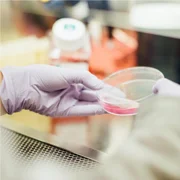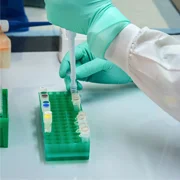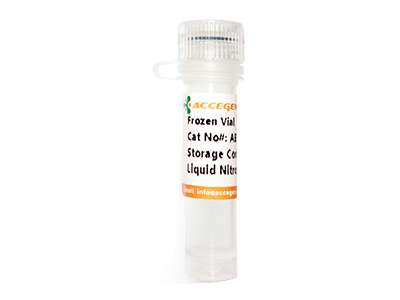Featured Products
- In-Stock Tumor Cell Lines
- Human Orbital Fibroblasts
- Human Microglia
- Human Pulmonary Alveolar Epithelial Cells
- Human Colonic Fibroblasts
- Human Type II Alveolar Epithelial Cells
- Human Valvular Interstitial Cells
- Human Thyroid Epithelial Cells
- C57BL/6 Mouse Dermal Fibroblasts
- Human Alveolar Macrophages
- Human Dermal Fibroblasts, Adult
- Human Lung Fibroblasts, Adult
- Human Retinal Muller Cells
- Human Articular Chondrocytes
- Human Retinal Pigment Epithelial Cells
- Human Pancreatic Islets of Langerhans Cells
- Human Kidney Podocyte Cells
- Human Renal Proximal Tubule Cells
Primary Cells
Explore Products



 THLE-3 is a human liver epithelial cell line derived from the left lobe of a healthy adult liver donor. The cells were immortalized using SV40 large T antigen, a viral oncoprotein commonly used to extend the proliferative capacity of primary cells. THLE-3 exhibits features similar to normal adult liver epithelial cells and lacks expression of alpha-fetoprotein. These cells are non-tumorigenic and non-metastatic in athymic nude mice, with a near-diploid karyotype. Functionally, they retain active cytochrome P450 enzymatic pathways and are capable of metabolizing benzo[a]pyrene, N-nitrosodimethylamine, and aflatoxin B1 into DNA-adducting carcinogenic intermediates. THLE-3 cells do not carry any known specific gene mutations or oncogene overexpression, aside from transformation by SV40 large T antigen. It serves as a reliable model for liver toxicology, drug metabolism, and xenobiotic biotransformation studies.
THLE-3 is a human liver epithelial cell line derived from the left lobe of a healthy adult liver donor. The cells were immortalized using SV40 large T antigen, a viral oncoprotein commonly used to extend the proliferative capacity of primary cells. THLE-3 exhibits features similar to normal adult liver epithelial cells and lacks expression of alpha-fetoprotein. These cells are non-tumorigenic and non-metastatic in athymic nude mice, with a near-diploid karyotype. Functionally, they retain active cytochrome P450 enzymatic pathways and are capable of metabolizing benzo[a]pyrene, N-nitrosodimethylamine, and aflatoxin B1 into DNA-adducting carcinogenic intermediates. THLE-3 cells do not carry any known specific gene mutations or oncogene overexpression, aside from transformation by SV40 large T antigen. It serves as a reliable model for liver toxicology, drug metabolism, and xenobiotic biotransformation studies.